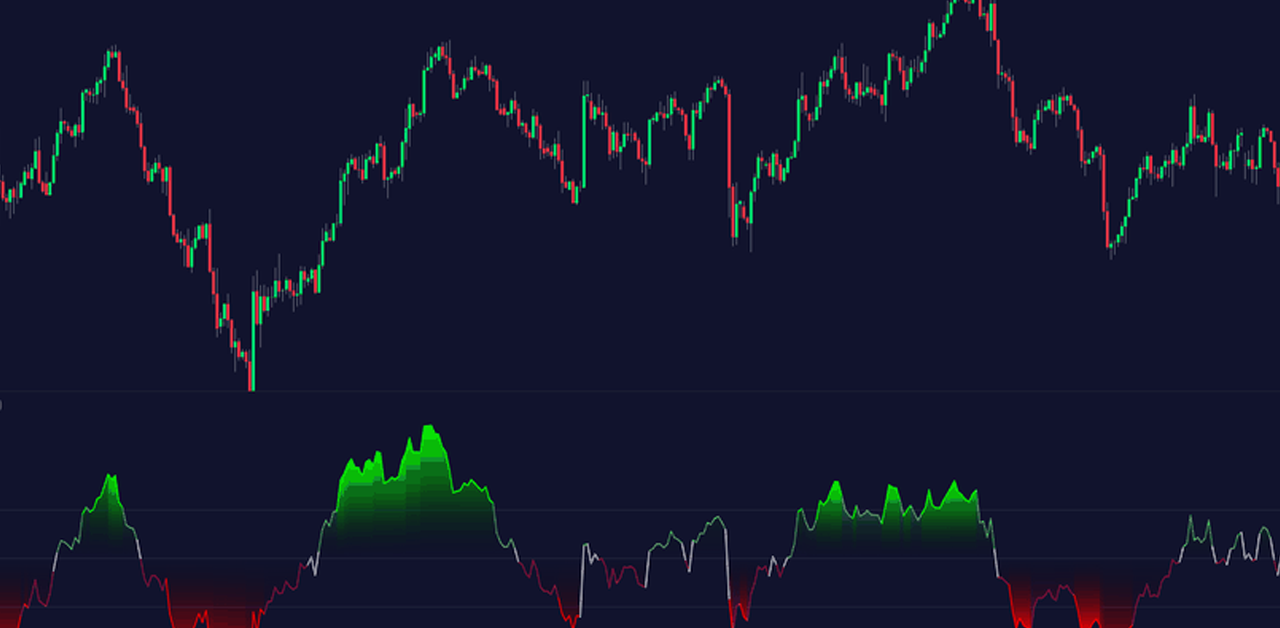Markets Anticipate Further Decline in Yen Amid Revised Expectations for Fed and BOJ Policies
The Japanese yen is expected to continue its decline as market sentiment shifts due to changing monetary policy forecasts in the United States and Japan. Speculative trading activity has shown a significant sell-off of the yen, with positions being the most bearish since the previous August. The currency’s slide into an overbought state, as suggested by technical indicators, hints at the possibility of further weakening.
The contrast in monetary strategies between the Bank of Japan and the Federal Reserve is a key factor. With Japan reeling from a major earthquake and subsequent government aid mobilization, any shift away from negative interest rates is now deemed unlikely in the near term. In contrast, in the United States, the Federal Reserve’s likelihood of rate cuts has lessened due to strong employment data, which has driven up the yields on 10-year Treasuries beyond 4%, contributing to the dollar’s strength against the yen.
This divergence in policies has energized trading activities, with futures volumes hitting a high point and options trading on the yen surging to levels not seen since mid-December.
As of late, the yen dropped 1.1% against the dollar, reaching its lowest in over two weeks, and it stands 2.5% lower since the year’s start. Despite this, the currency remained relatively stable at around 144.70 against the dollar during the Tokyo trading session.
Market analysts observe that the yen’s performance often starts with bullish sentiment at the beginning of the year, only to see those expectations fade as market realities set in. Last year, anticipation of a significant policy shift by the Bank of Japan led to predictions of yen strength, whereas this year, the expectations were for a softer Federal Reserve policy to support the yen. The cyclical nature of these predictions has led to a sense of familiarity with the yen’s patterns among currency strategists. The direction of the yen in 2024 is poised to hinge on whether the optimistic bond market projections of the previous year hold true or if the market has overestimated those expectations.












